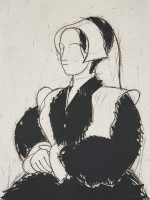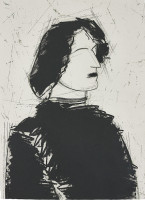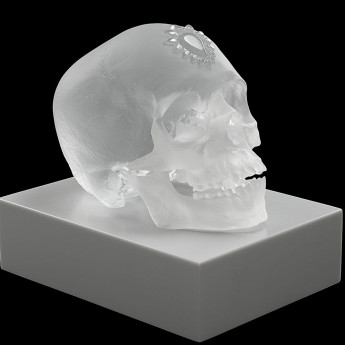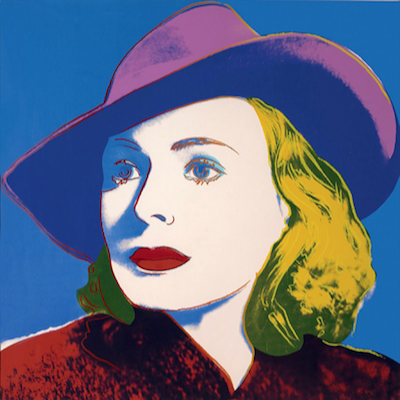
Details
Artist
Styles
Etching; 25 signed and numbered copies; Perfect condition // Desnudo I by Manolo Valdés, created in 2002, is a limited edition etching, produced in an edition of 25 signed and numbered copies. This artwork features a minimalist line drawing of a seated nude figure, rendered in graceful and simple contours that capture the essence of the human form. The figure’s back is slightly hunched, with arms resting on bent knees, creating a sense of introspection and tranquility. The background is sparse, allowing the delicate lines to stand out and emphasizing the softness of the posture. Valdés’ approach highlights the timeless beauty and quiet dignity of the human figure, with an economy of lines that conveys depth and emotion.
Desnudo I, 2002
form
Medium
Size
60 x 50 cm
- Inches
- Centimeters
Edition
Price
- USD
- EUR
- GBP
Details
Artist
Styles
Etching; 25 signed and numbered copies; Perfect condition // Desnudo I by Manolo Valdés, created in 2002, is a limited edition etching, produced in an edition of 25 signed and numbered copies. This artwork features a minimalist line drawing of a seated nude figure, rendered in graceful and simple contours that capture the essence of the human form. The figure’s back is slightly hunched, with arms resting on bent knees, creating a sense of introspection and tranquility. The background is sparse, allowing the delicate lines to stand out and emphasizing the softness of the posture. Valdés’ approach highlights the timeless beauty and quiet dignity of the human figure, with an economy of lines that conveys depth and emotion.
- Recently Added
- Price (low-high )
- Price (high-low )
- Year (low-high )
- Year (high-low )
Manolo Valdés
Dama Con Sombrero (Pamela I), 2013
Limited Edition Print
Collage
Currently Not Available
Manolo Valdés
Botticelli Como Pretexto III, 1996
Limited Edition Print
Mixed Media
Currently Not Available
What is pop-art?
Pop Art is an art movement that began in Britain in 1955 and in the late 1950s in the U.S. It challenged traditional fine arts by incorporating imagery from popular culture, such as news, advertising, and comic books. Pop Art often isolates and recontextualizes materials, combining them with unrelated elements. The movement is more about the attitudes and ideas that inspired it than the specific art itself. Pop Art is seen as a reaction against the dominant ideas of Abstract Expressionism, bringing everyday consumer culture into the realm of fine art.

































